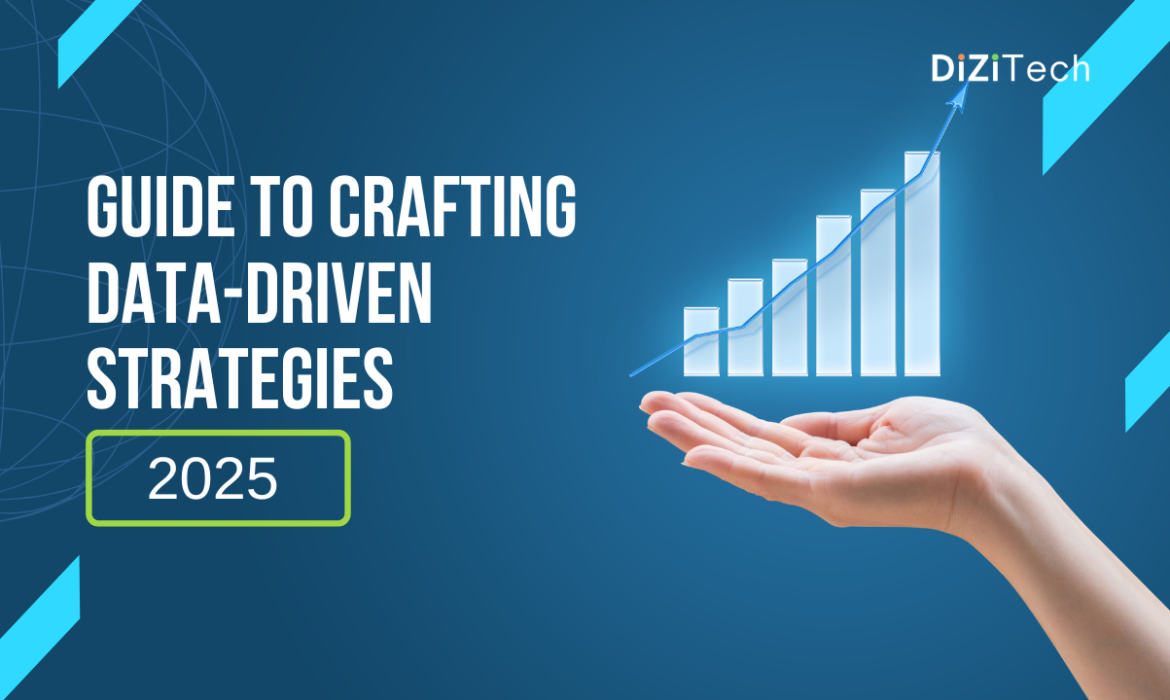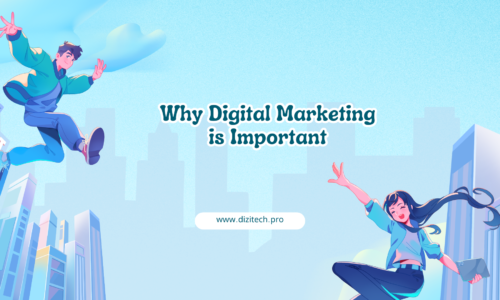Data-driven Strategies stands as the primary business standard of choice for companies striving to maintain their position in today’s fast-moving digital sector at the beginning of 2025. The extensive data resources available to businesses today create exceptional potential for audience understanding while enabling forecast predictions and effective campaign design with measurable impact. Getting access to data no longer poses a problem but determining how to use this information effectively demands a special skill set. Companies that combine organizational strategy with deep analytical capabilities along with agile marketing methods will excel in the coming data-driven business environment.
Companies using data-driven marketing methods transform numerical data into actionable stories which drive desired responses. Familiarity with this approach enables you to create choices which strengthen customer satisfaction and generate better revenue returns.
Understanding the Importance of Data-Driven Marketing
Data-driven marketing uses insights from data analysis to direct your entire strategic framework including customer audience comprehension and campaign optimization. People demand unique customer experiences that suit their needs which makes data-driven marketing vital today in 2025. When businesses successfully fulfill customer expectations they build trust which leads to loyalty and market position supremacy.
Why It Matters
Personalization at Scale: Businesses can successfully deliver targeted content by using data to create messaging that addresses customer individual needs and pain points.
Improved Decision-Making: Real-time data gives your organization the flexibility to make swift business decisions that maintain the relevance of your marketing initiatives.
Resource Optimization: Budget effectiveness increases when organizations understand what strategies yield the best results thereby reducing expense while enhancing performance.
Customer Loyalty: Customers develop meaningful connections through data-driven insights because these insights deliver ongoing value to them.


Foundational Elements
This guide explains the vital role of data-driven marketing while demonstrating how to develop successful strategies through specific implementation steps which address 2025 business requirements.
To succeed, businesses must focus on:
- Customer Insights: Use analytics platforms like Google Analytics or HubSpot to monitor user behaviors alongside preferences.
- Predictive Analytics: structure artificial intelligence-based tools to anticipate market trends alongside customer needs.
- Segmentation: Determine your audience into segments according to their demographics combined with behavioural patterns and buying patterns.
- Real-Time Feedback: Track current campaign performance metrics then make instant changes.
A data-driven marketing strategy needs both concentration and well-defined elements to operate successfully. The following steps will guide you:
Steps to Build a Data-Driven Marketing Strategy
1. Set Clear Objectives: Your first step must define your end goals. Every successful strategy requires well-defined targets to function properly as their base foundation. For example: The marketing team should achieve a 20% increase in quality lead generation each quarter.
2. Collect Quality Data: Organizations should concentrate their efforts on obtaining precise and applicable data emanating from various information sources. Key data collection methods include: Website analytics, Customer feedback surveys, CRM data
3. Invest in the Right Tools: The combination of Tableau with Google Data Studio and Power BI should serve as your platform to interpret data through visualization. Select tools that serve your business requirements while maintaining full integration with existing organizational systems.
4. Analyse and Interpret Data Start exploring your data so you can discover hidden knowledge and useful information. For instance, you might identify: High-performing content types Peak engagement times .
5. Test and Optimize: The process of marketing driven by data functions through continuous modification. Test your marketing campaigns through continuous A/B testing while continuously improving your tactics using data analytics measurements for success.
6. Foster a Data-Driven Culture: Teach your entire team about the importance of data alongside specific data utilization methods. Create training programs which support cooperation between members of the marketing team alongside personnel from sales and analytics departments.

Choosing the Right Metrics to Track
Focus on metrics that align with your goals to maximize impact.
Key Metrics:
- Conversion Rates: Track the percentage of users completing desired actions like purchases or sign-ups.
- Customer Lifetime Value (CLV): Measure the total revenue a customer generates over time.
- Engagement Rates: Monitor interactions, such as likes, shares, and comments, across platforms.
- Website Traffic: Assess visits, bounce rates, and session durations.
- Lead Quality: Evaluate the relevance and potential of your leads.
Adapting to Emerging Trends in 2025
Stay agile and forward-thinking by embracing these trends:
Artificial Intelligence: Use AI to predict behaviors, automate processes, and personalize campaigns.
Voice Search: Optimize content for voice-activated devices.
Privacy-First Marketing: Balance personalization with compliance to build trust.
Omni-Channel Integration: Deliver seamless experiences across platforms, from social media to email and in-store.
“Guide to crafting data-driven strategies 2025.”
“Data tells you what’s happening. Insights tell you why it matters.” – Unknown
Conclusion
Crafting a data-driven marketing strategy in 2025 involves discovery, innovation, and continuous improvement. By leveraging quality data, focusing on meaningful metrics, and adapting to trends, you can create campaigns that resonate with your audience. The ultimate goal is not just driving numbers but creating real value for your customers.
Read More: 10 Content Marketing Ideas to Enhance Engagement in 2025



